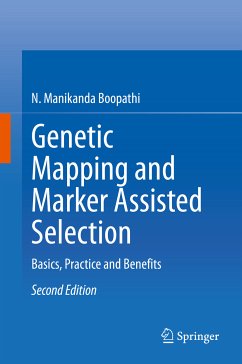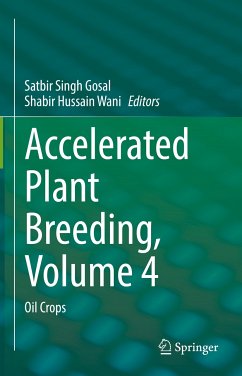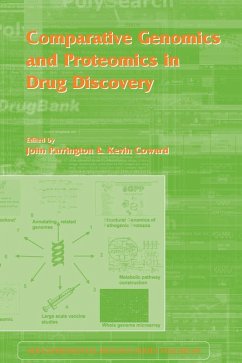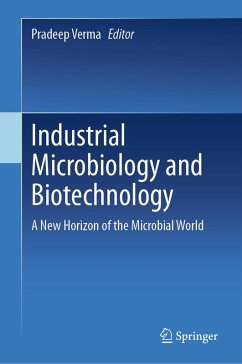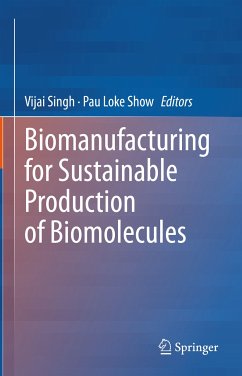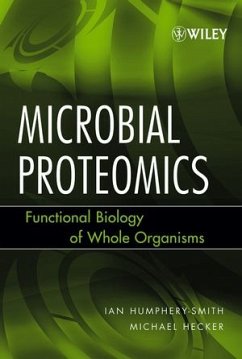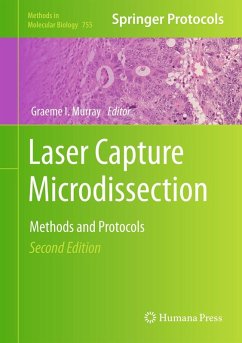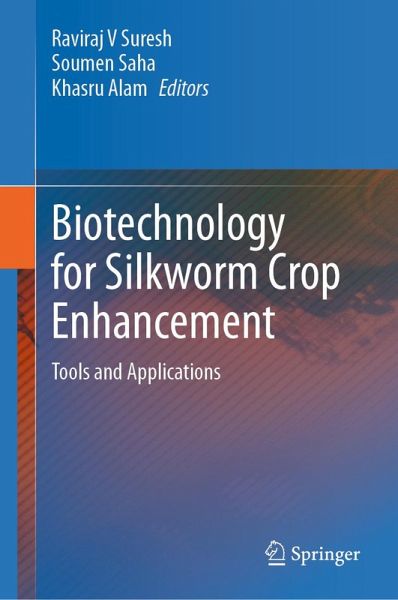
Biotechnology for Silkworm Crop Enhancement (eBook, PDF)
Tools and Applications
Redaktion: Suresh, Raviraj V; Alam, Khasru; Saha, Soumen
Versandkostenfrei!
Sofort per Download lieferbar
160,95 €
inkl. MwSt.
Weitere Ausgaben:

PAYBACK Punkte
80 °P sammeln!
The book introduces readers to the latest developments in biotechnological methods used for improving the cultivation of silkworms. The text focuses on implementing biotechnological approaches, ranging from basic to advanced techniques, on enhancing silk production, increasing abiotic stress resilience, improving disease tolerance, and developing resistance in silkworm crops. With the current climate crisis and growing demand for high-quality silk, biotechnological applications have become essential in addressing the urgent need to increase silk production. The field of sericulture has made si...
The book introduces readers to the latest developments in biotechnological methods used for improving the cultivation of silkworms. The text focuses on implementing biotechnological approaches, ranging from basic to advanced techniques, on enhancing silk production, increasing abiotic stress resilience, improving disease tolerance, and developing resistance in silkworm crops. With the current climate crisis and growing demand for high-quality silk, biotechnological applications have become essential in addressing the urgent need to increase silk production. The field of sericulture has made significant breakthroughs, such as identifying DNA markers, linkage association, genome-wide association studies, generating mutants, and introducing transgenic silkworms. Developing silkworms with improved cocoon yield and disease resistance is crucial to boost silk production.
The book covers fundamental principles and recent advancements and delves into various methodologies employed inseri-biotechnology for improving silkworm crops. These methodologies include next-generation sequencing for DNA sequencing, using molecular markers to enhance abiotic stress tolerance (specifically high temperature and humidity conditions), expression analysis, RNA interference, gene knockout approaches to bolster disease resistance, and transcriptomics to enhance economically significant parameters such as silk content. The book explains these topics in detail and includes contemporary research appraisals, extensive discussions, and an evaluation of the benefits and risks associated with the use of biotechnological tools.
This book serves as an invaluable reference for researchers and academics in biotechnology, molecular biology, and sericulture while also serving as an informative starting point for budding researchers.
The book covers fundamental principles and recent advancements and delves into various methodologies employed inseri-biotechnology for improving silkworm crops. These methodologies include next-generation sequencing for DNA sequencing, using molecular markers to enhance abiotic stress tolerance (specifically high temperature and humidity conditions), expression analysis, RNA interference, gene knockout approaches to bolster disease resistance, and transcriptomics to enhance economically significant parameters such as silk content. The book explains these topics in detail and includes contemporary research appraisals, extensive discussions, and an evaluation of the benefits and risks associated with the use of biotechnological tools.
This book serves as an invaluable reference for researchers and academics in biotechnology, molecular biology, and sericulture while also serving as an informative starting point for budding researchers.
Dieser Download kann aus rechtlichen Gründen nur mit Rechnungsadresse in A, B, BG, CY, CZ, D, DK, EW, E, FIN, F, GR, HR, H, IRL, I, LT, L, LR, M, NL, PL, P, R, S, SLO, SK ausgeliefert werden.



